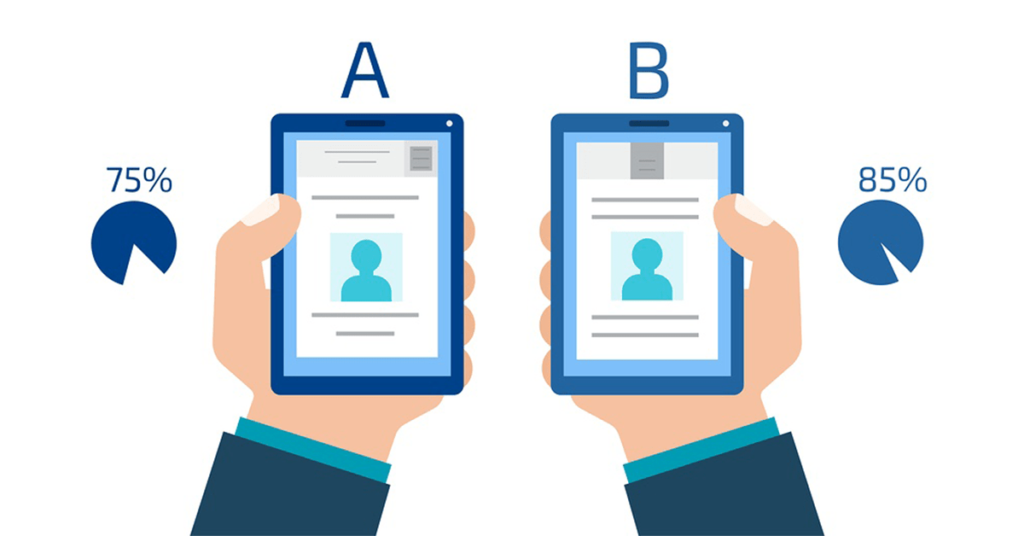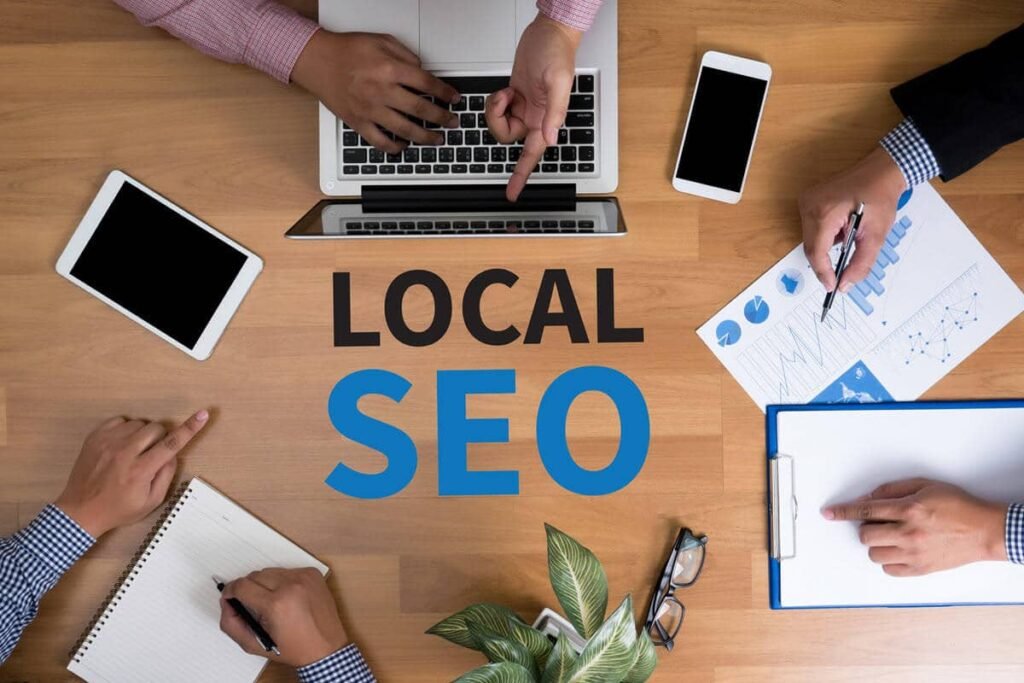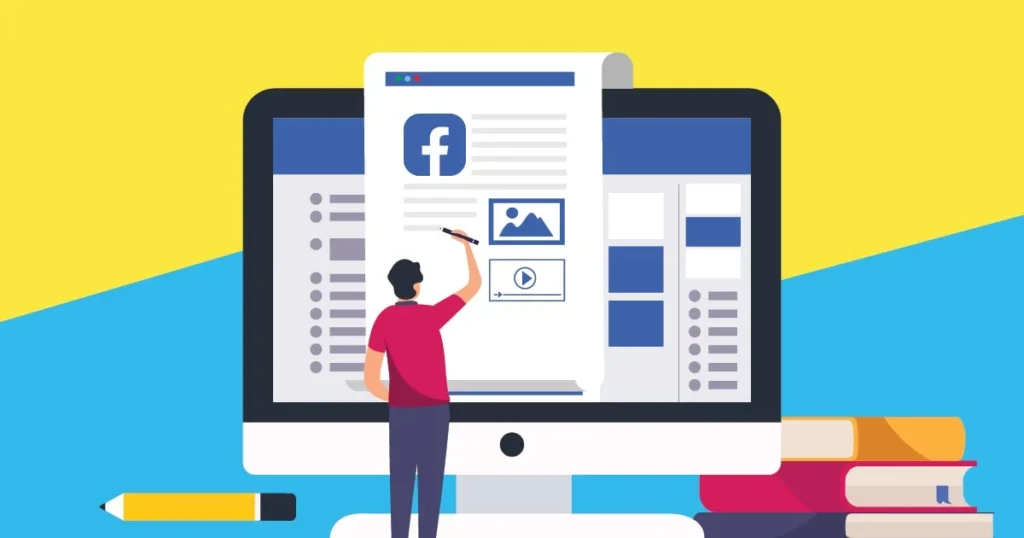Elevating User Experience: Mobile App UX Design Best Practices
Smartphones now rule the world, and mobile apps are an essential part of our everyday existence. However, a mobile app’s user experience (UX) design is just as important to its success as its functionality. An app’s ability to retain and satisfy users is largely dependent on its UX design. We’ll explore the best practices for mobile app UX design in this post to make sure your app not only fulfills user expectations but surpasses them. User-focused design Placing the user at the center of the design process is the cornerstone of outstanding UX design. Recognize your target audience’s wants and tendencies. To obtain information and develop personas that accurately reflect your users, conduct user research. This initial phase establishes the framework for creating an app that resonates with your audience. Sense-Based Navigation Efficient navigation is essential for a satisfying user experience. Aim for a navigation layout in your app that is both clear and simple. Make sure users can effortlessly and unambiguously move through the app by using well-known patterns and gestures. Provide a simple and unambiguous menu structure so that users may quickly access functions. Designing with responsiveness Your app needs to be responsive because there is a wide range of devices with different screen sizes. With a responsive design, your app will work and look great across a range of devices, giving consumers a consistent and enhanced experience. Give scalability and adaptability top priority in your design so that it can adapt to different screen sizes and resolutions. Continual Branding To create a strong identity, keep your branding consistent across your app. When color schemes, typography, and iconography are consistent, it produces a cohesive user experience, reinforcing brand recognition. Align your app’s design elements with your brand guidelines to instill trust and familiarity among users. Optimizing Performance A sluggish app can irritate consumers and increase the likelihood that they will abandon it. Reduce superfluous animations and load times to maximize the speed of your app. For a flawless user experience, give priority to efficient code and reduce the size of images. Test your app’s functionality across a range of devices on a regular basis, and take quick action to fix any bugs. Clear Call-to-Actions (CTAs) Make sure your CTAs are obvious and appealing to help consumers navigate your app. To encourage users to do particular actions, employ language that is both action-oriented and descriptive. Placed strategically, CTAs guarantee that users can quickly comprehend the app’s next steps and increase user engagement. Gesture-Based Controls Utilize simple gesture controls to improve user engagement. The use of common gestures like pinching, tapping, and swiping can enhance the ease and enjoyment of navigating. Give visual signals to educate users about available gestures, ensuring a smooth learning curve. Personalization Use customization elements to make the user experience more unique. Recognize user preferences and behavior to provide settings, recommendations, or content that is tailored to them. In addition to increasing user engagement, personalization helps users feel more connected to the app. Accessibility By adding accessibility features, you can make your software usable by more people. Make sure your program is screen reader compatible, and make sure the fonts and colors are readable. Provide for users of different abilities in order to make the experience inclusive and easy to use. User Feedback and Iteration Encourage user feedback and make advantage of it to continuously iterate and enhance your software. Putting customer feedback into practice shows that you are dedicated to improving the user experience. To remain relevant in the market, update your software frequently depending on user ideas and changing trends. Conclusion Smartphone application Adhering to user-centric concepts is essential to stay ahead in the dynamic and ever-evolving world of mobile app UX design. You may develop mobile apps that satisfy customers’ practical demands while also offering a memorable and pleasurable experience by adhering to these best practices. Ensuring the success of your app in a constantly evolving digital market requires you to keep people at the center of your design process, keep up with current trends, and evolve continuously depending on user input.
Elevating User Experience: Mobile App UX Design Best Practices Read More »












